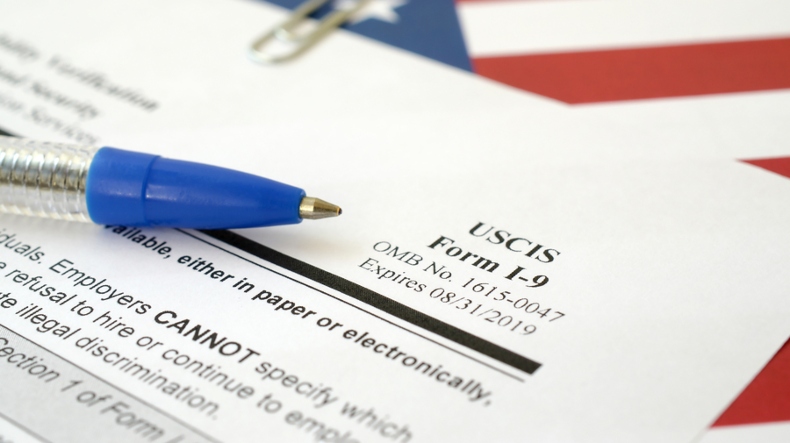The Family and Medical Leave Act (FMLA) gives eligible employees up to 12 weeks of job-protected leave for certain family and medical reasons. While the rules seem straightforward, one of the most confusing moments for employers is the “initial trigger” and what to do when you first learn that an employee might need FMLA leave, even if they don’t specifically ask for it.
Under the law, employees don’t have to ask for “FMLA” by name. They only need to provide enough information for the employer to reasonably believe the situation may qualify. When that happens, the employer must take specific steps to evaluate eligibility, provide required notices, and document the process properly. Here’s a step-by-step guide to what employers should do when a potential FMLA situation arises.
1. Recognize the Trigger: Notice Can Come from many Sources
FMLA obligations begin when an employer becomes aware of the possible need for leave, even indirectly. This may come from:
- An employee calls out repeatedly for a medical issue
- A supervisor hears about a serious health condition
- A hospital note, doctor’s note, or medical restriction
- An employee mentions a family member’s serious illness
- An obvious situation, like a hospitalization
Employers cannot wait for an employee to use legal terminology. If the employer “should reasonably know,” the FMLA process must begin. Employers should train supervisors on FMLA triggers.
2. Notify the Employee of Their Potential Rights
The employer must provide the DOL Notice of Eligibility and Rights & Responsibilities form within five business days of knowing of the employee need. This form explains: (1) whether the employee is eligible for FMLA; (2) their obligations (e.g., completing certification); (3) their rights (job protection, continuation of benefits); and (4) expected documentation timelines. This step is required even if the employer is unsure whether the reason truly qualifies.
3. Request Medical Certification (If Appropriate)
Employers may request that the employee return a completed DOL Healthcare Certification within 15 days. This is essential for employers to determine whether the condition meets the DOL definition of a “serious health condition.” Employers should use the DOL model forms to ensure that they are compliant. With the completed forms, the employer can confirm eligibility for an FMLA absence. If the employee does not return the completed form, and there is not sufficient information to know if the situation qualifies, FMLA leave can be denied or delayed.
4. Communicate With the Employee and Track Deadlines
Good communication prevents delays and reduces risk. Employers should be a regular communication with the employee to: (1) clarify incomplete or insufficient medical certifications (must allow 7 days to correct); (2) track the 15-day certification deadline for the medical certification form; (3) follow up if leave schedules are unclear; (4) keep supervisors informed only of what they need to know (not medical details).
5. Designate the Leave (or Deny It) Within 5 Business Days of Receiving Certification
Once the completed certification is received, the employer must issue the DOL FMLA Designation Notice form stating whether the leave has been approved, not approved or additional information is needed. The Designation must be timely and supported by proper documentation. Once leave is designated FMLA, the employer must track the usage (continuous or intermittent), maintain health insurance benefits, restore the employee if they return within 12 weeks and monitor any needed recertifications.
6. Maintain Confidentiality and Proper Recordkeeping
All FMLA documentation must be kept separate from the personnel file (i.e. medical file) and only shared on a strict need-to-know basis. Employers should maintain an FMLA folder to track the following matters: (1) eligibility notice date; (2) certification request date and return date; (2) designation of leave date; (3) leave dates and (4) emails and letters with the employee. Keeping accurate records about the situation will be important if you are audited or challenged.
Final Thoughts
Handling possible FMLA situations correctly is essential to maintain compliance. The key is recognizing that the employer’s obligations begin as soon as there is enough information to reasonably believe the employee may need FMLA protected leave. When the trigger occurs, the employer must follow a structured process of notice, documentation, communication, and tracking. Having a proactive, consistent approach protects the company legally and builds trust with employees during challenging life events.
Consultstu provides fractional HR services to SMBs, including policies and forms for FMLA compliance. Consultstu has created an FMLA Compliance Manual to help small businesses (policy, forms, documents, resources) for compliance. Click here for more information.








